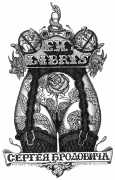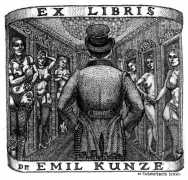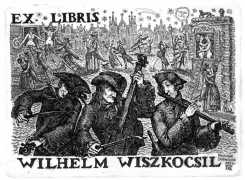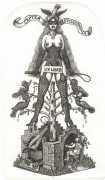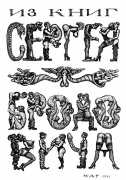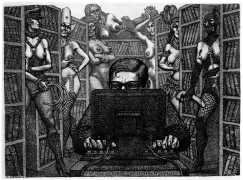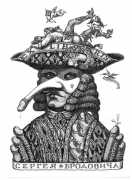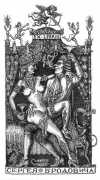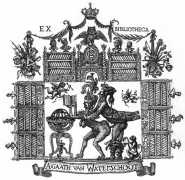The first known bookplates or ex libris – a Latin phrase meaning ‘from the library of’ – are woodcuts from the fifteenth century, displaying the owner’s name and coat of arms. Through the centuries ex libris designers came up with ever more artful and imaginative designs for their clients’ libraries, inspiring a mania for collecting bookplates which lasted from the final quarter of the nineteenth century until the 1930s.
Today ex libris are once again in demand, eagerly sought by specialised collectors, and there are websites, fairs and exhibitions dedicated to the artform. Many plates are now produced as signed and numbered small format fine art prints, known as ‘free’ ex libris, never intended to be glued inside books but instead to be framed and displayed in the library of the client fortunate enough to be able to afford to commission it.
In recent years there has been a definite trend towards erotic subjects for bookplates, partly a throwback to the 1920s and 30s and partly to explore the potential of engraving techniques. Mikhail Gavrichkov’s style of engraving is perfectly suited to the genre of bookplates, some of the more erotic of which we show here. His work has been shown at many Ex Libris exhibitions, including in the Czech Republic, Russia, Italy, and the USA.


